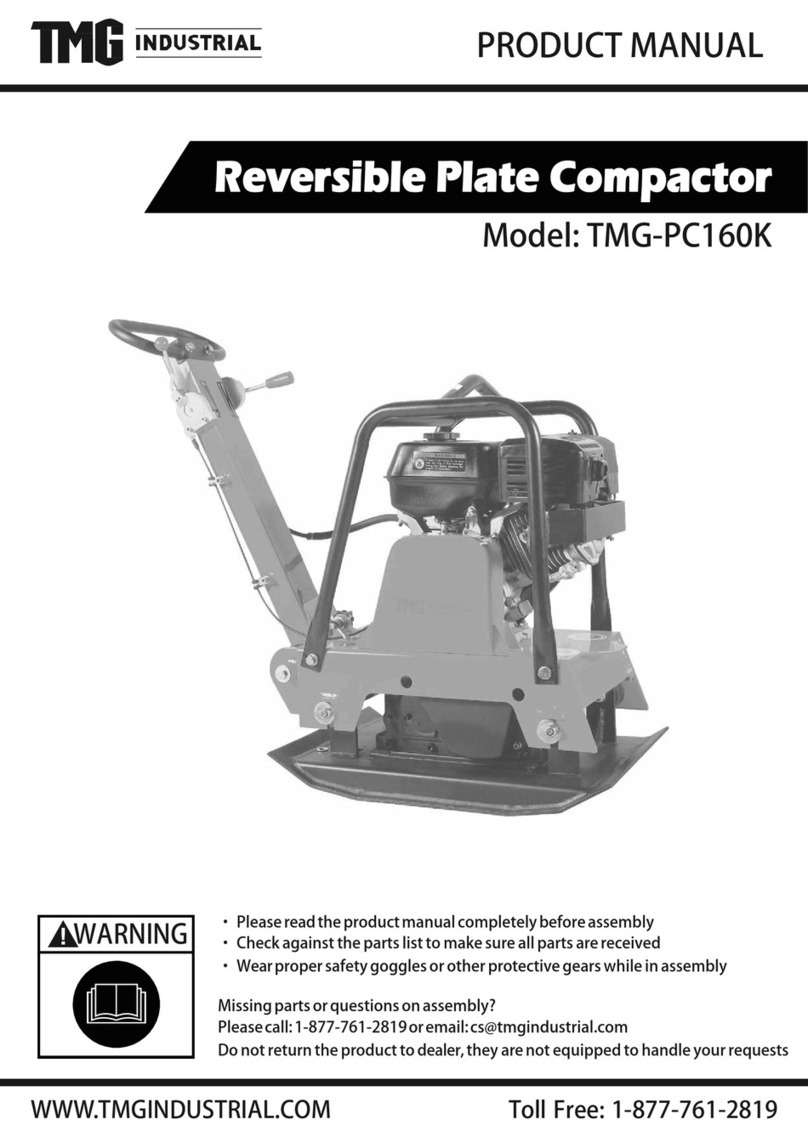
Introduction
Additional instructions for the engine can be
found in the manufactuer's engine manual.
24812274432.pdf 2017-07-10
Prevent persons from entering or remaining in
the danger area, i.e. a distance of at least 7 m
(23 ft) in all directions from operating machines.
Prevent persons from entering or remaining in
the danger area, i.e. a distance of at least 7 m
(23 ft) in all directions from operating machines.
The operator may allow a person to remain in
the danger area, but should then observe
caution and operate the machine only when the
person is visible or has given clear indications
of where he or she is.
The operator may allow a person to remain in
the danger area, but should then observe
caution and operate the machine only when the
person is visible or has given clear indications
of where he or she is.
CALIFORNIA
Proposition 65 Warning
Gasolin engine exhaust and some of its constituents are
known to the State of California to cause cancer, birth
defects, and other reproductive harm.
General
This manual contains instructions for machine
operation and maintenance.
The machine must be correctly maintained for
maximal performance.
The machine should be kept clean so that any
leakages, loose bolts and loose connections are
discovered at as early a point in time as possible.
Inspect the machine every day, before starting.
Inspect the entire machine so that any leakages or
other faults are detected.
Check the ground under the machine. Leakages are
more easily detected on the ground than on the
machine itself.
THINK ENVIRONMENT ! Do not release oil,
fuel and other environmentally hazardous
substances into the environment. Always send
used filters, drain oil and fuel remnants to
environmentally correct disposal.
THINK ENVIRONMENT ! Do not release oil,
fuel and other environmentally hazardous
substances into the environment. Always send
used filters, drain oil and fuel remnants to
environmentally correct disposal.
This manual contains instructions for periodic
maintenance normally carried out by the operator.
Additional instructions for the engine can be
found in the manufactuer's engine manual.

































